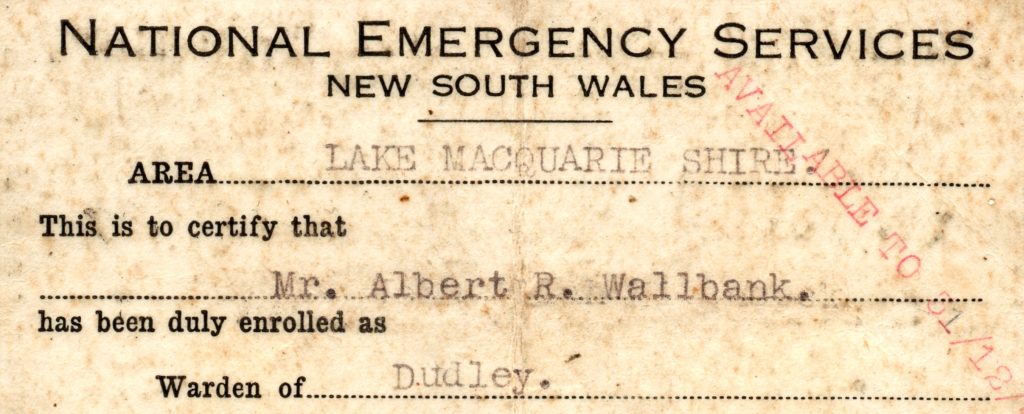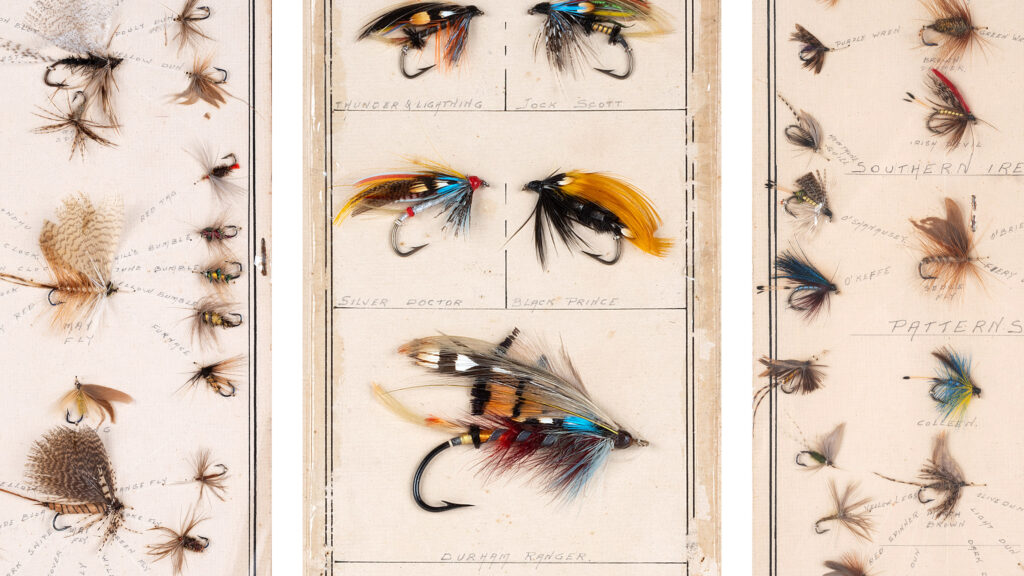
In 1934, Elsa Lowry (née Garrett) (1914-1991) expected to make 50,000 fishing flies a year in her small workshop in Katoomba, in central NSW. Each of her 500 varieties of fly were tied by hand and mimicked insects that fish loved to eat like ants, flies, dragonflies and crickets to ‘entice trout from …. secluded […]
Read More…
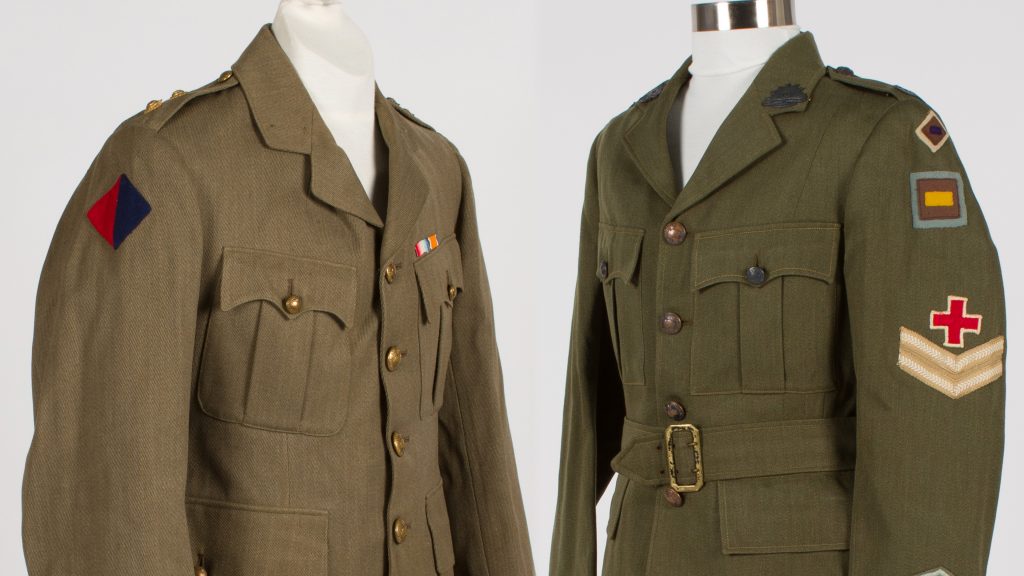
The two uniforms presented here belonged to Arthur Donald (Donald) Watson (1889–1934) and his daughter Patricia Elizabeth Watson (1920–2003) respectively and cover both World Wars with the ribbons, patches and badges detailing their service and rank. Donald’s service is a story in two parts. After serving with the 9th Regiment of the 1st Australian Light […]
Read More…
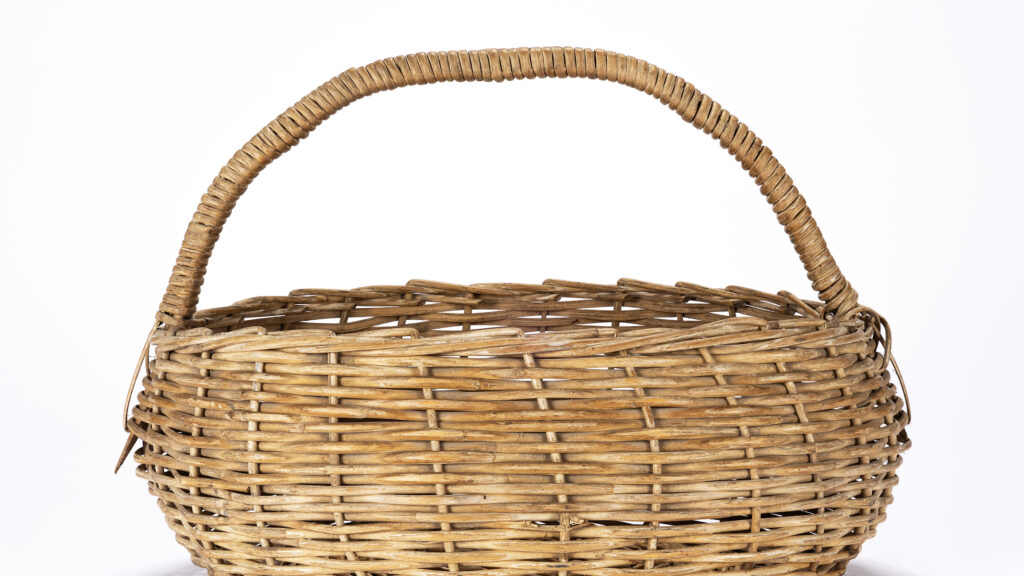
Born five years after the first World War (1914-1918), Lil Jordan had already travelled through childhood and adolescence, married and had her first child by the time she came to live in Iluka with her husband Jim in the late-1940s. With the strains of WWII (1939-1945) having slowly eased, optimistic times were returning. Lil had […]
Read More…
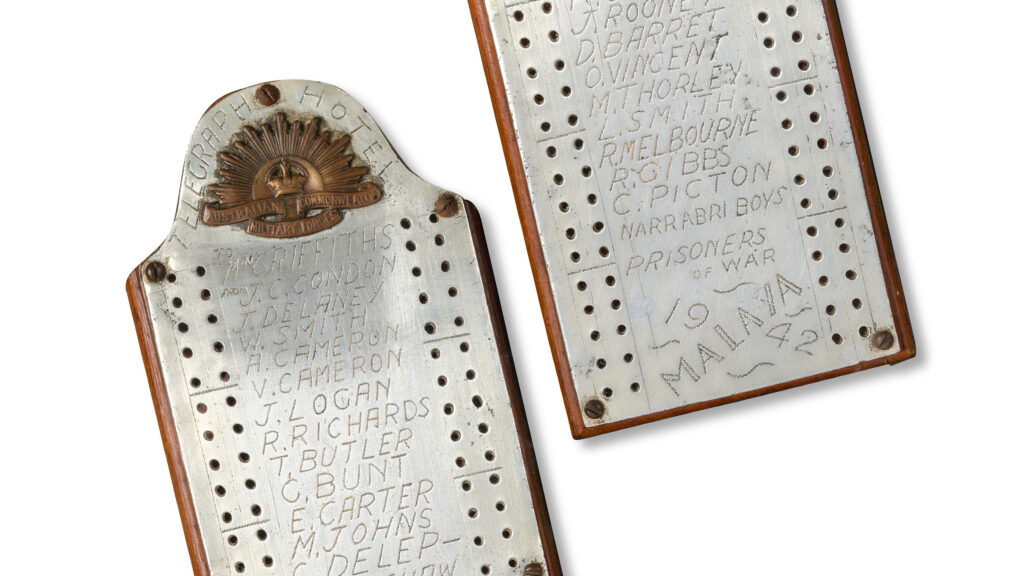
The humidity was dense, and the conditions were harsh. Day after day, Private John Condon endured starvation, forced labour, and tropical diseases while being held captive in Changi’s prisoner-of-war camp. Serving as part of the 10th Medical Corps, John had been captured by the Japanese on 15 February 1942 (known as Black Sunday) among […]
Read More…
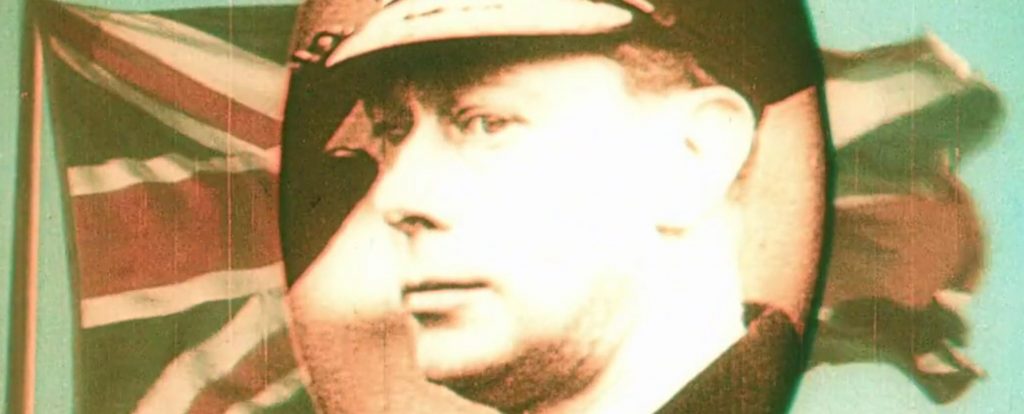
On 6 February 1952, King George VI’s (1895-1952) died after a prolonged illness and, within a day, the news broke in Australia through newspaper stands and cinemas. In the dim light of the silver screen, filmgoers would learn about the passing of the throne through newsreels, like those compiled here, and then spread the news […]
Read More…
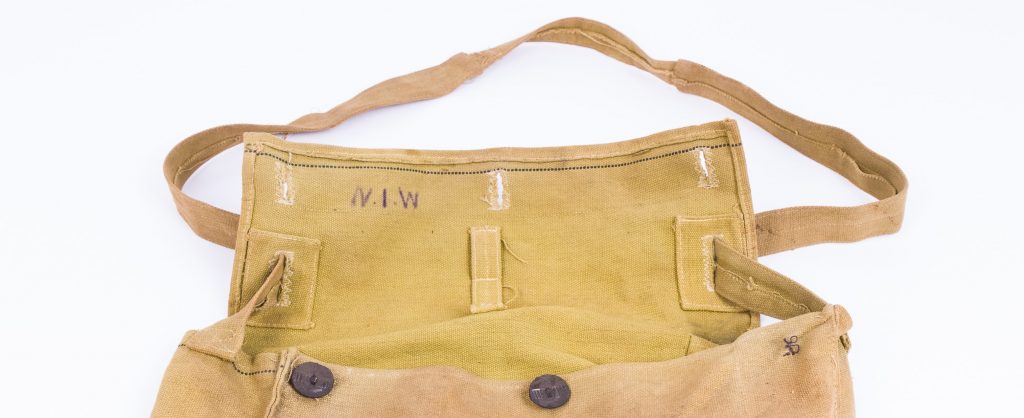
Nancy Irene Wallbank (1910-1981) of Dudley, New South Wales, was in her early 30s when she became a registered National Emergency Service (NES) Warden. During WWII, as airstrikes began to feel like an imminent threat throughout Australia, the NES formed to prepare communities for possible air attacks on Australian soil and train volunteers to assist […]
Read More…
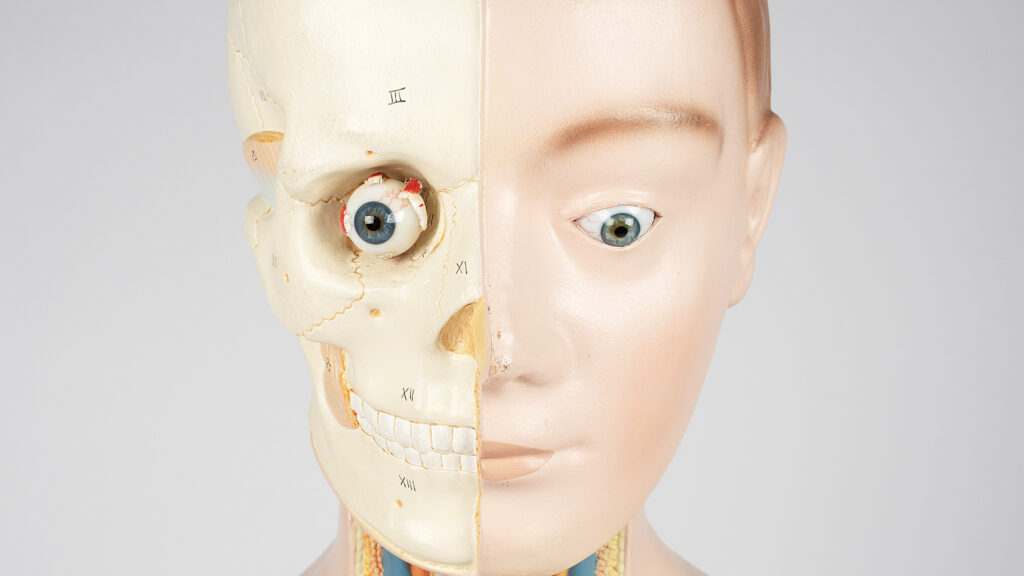
Exposed organs, popping eyeballs, and the lumpy, snaking texture of a brain might not be a sight you’d like to start the day with. However, for those in the medical profession, understanding what goes on under the skin is often essential to providing proper health care. Historically, doctors often used cadavers to provide insights into […]
Read More…
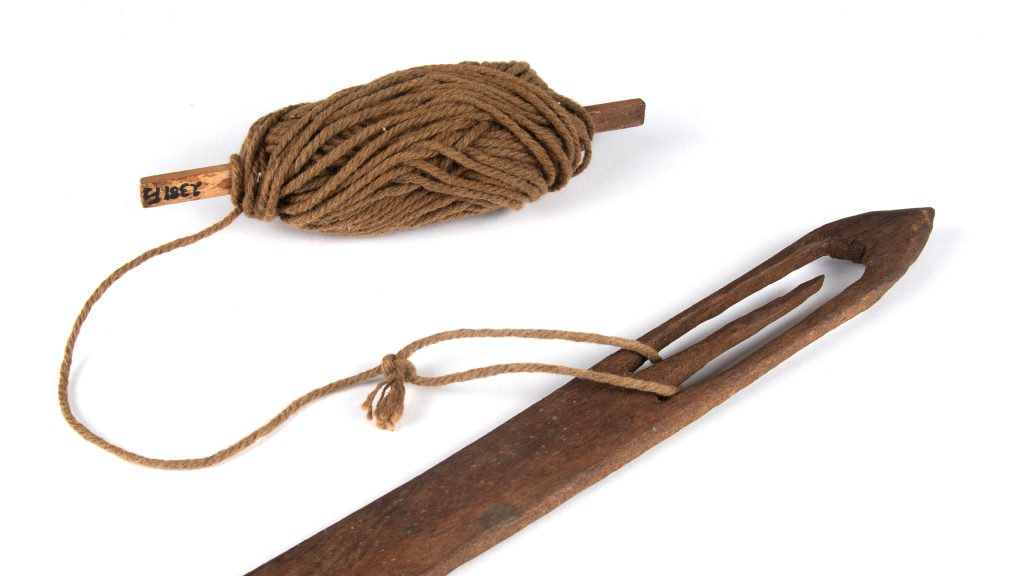
Hiding a fascinating story behind its deceptively simple appearance, this wooden shuttle was used during the Pacific War (1944 – 1945) to weave green camouflage netting, intended to be used by soldiers stationed in the Pacific. World War II placed an unprecedented demand on Australian communities. As men answered the call to fight, women increasingly […]
Read More…
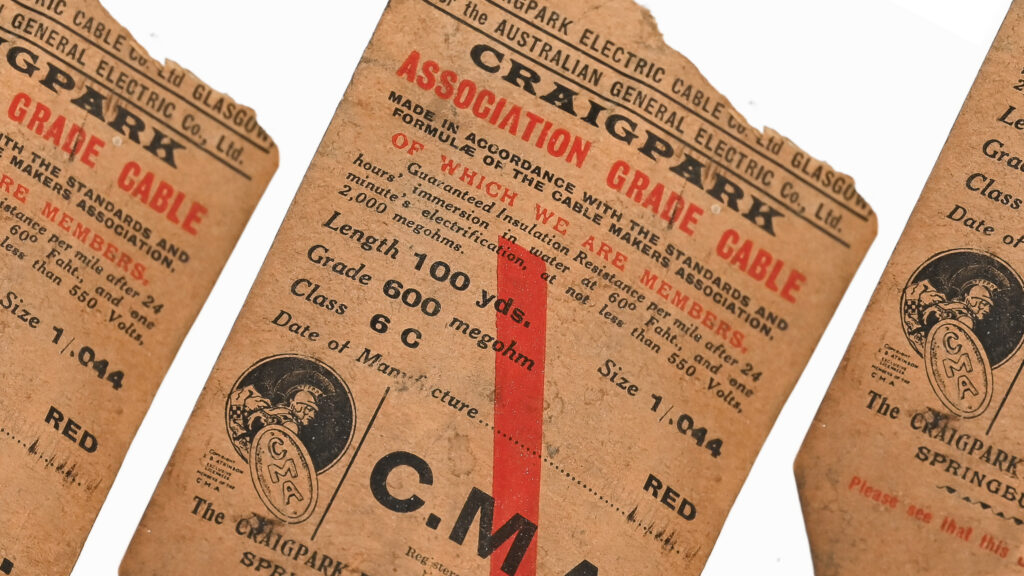
Discarded by a tradesman, this small cardboard electrical installation tag lay silent and forgotten for decades in the darkness of the roof of the Chifley family house in Bathurst. In the rooms below, the residents lived out their lives as the Great Depression and World War II unfolded. In 1914, Bathurst-born Ben Chifley (1885-1951) and […]
Read More…








